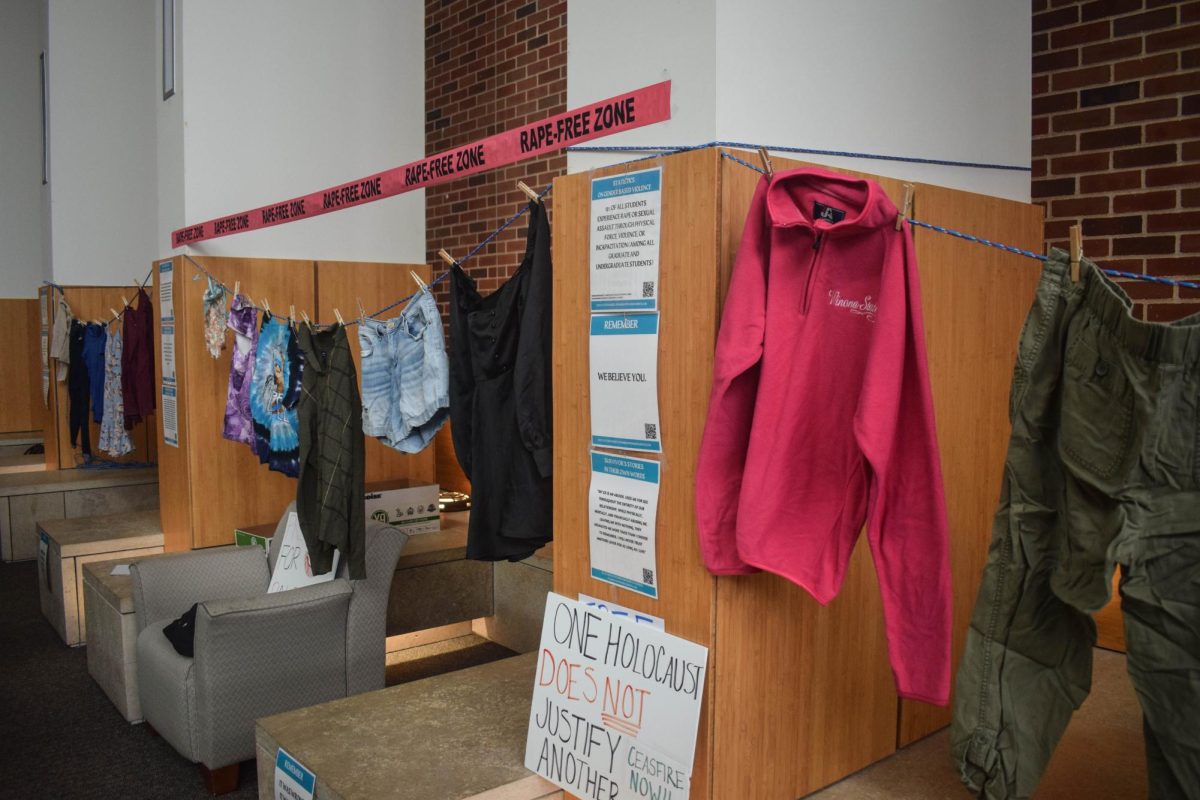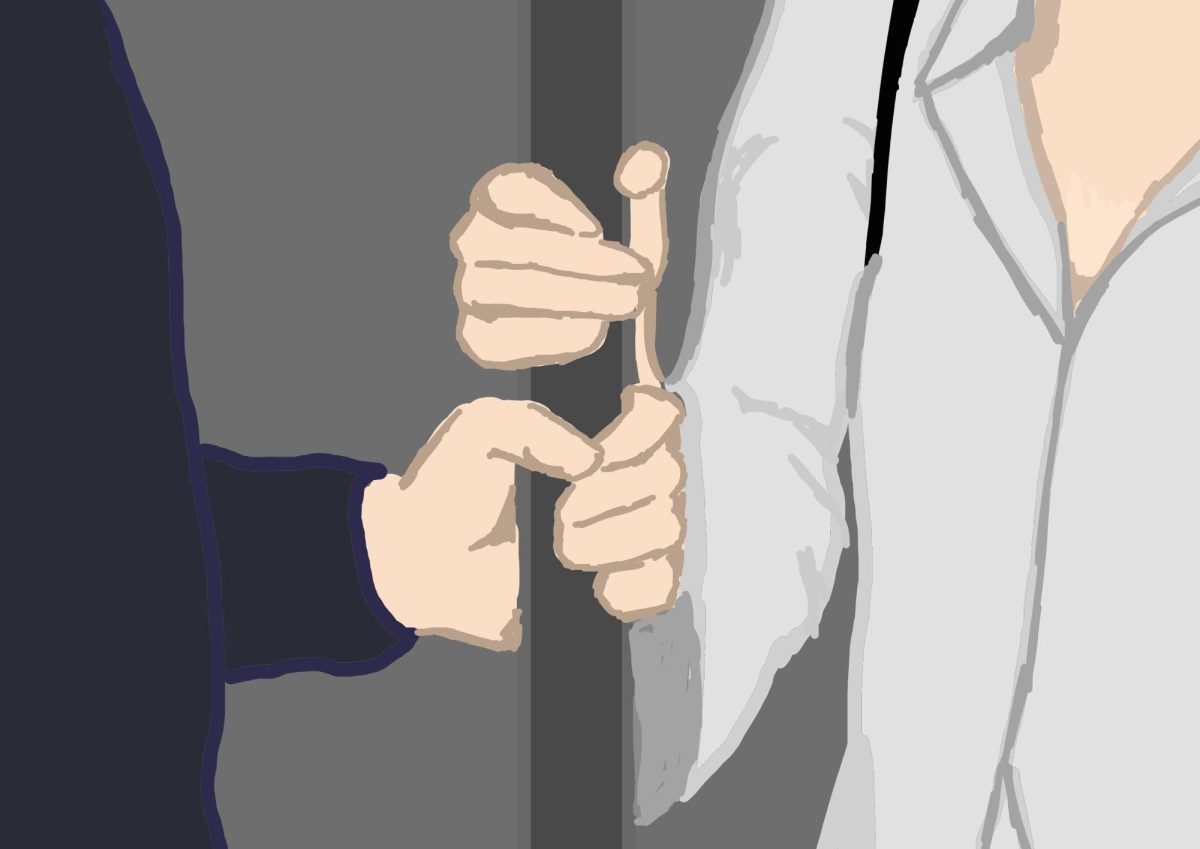Michelle Peterson/Winonan
Winona State University has launched the campus-wide use of tablets to promote education.
Ken Graetz from teaching, learning, and technology services (TLT) said, “We’re interested in students using [tablets] professionally and academically.” TLT works with professors to add technology into their courses.
Currently only half of the student body has tablets, making it difficult for professors to require students to use them for homework.
Aixa Evenson, a senior studying mass communication, said, “I would definitely use it if I had one.”
Evenson said having two screens to look at would help her when she works with multiple documents. She could read information from the tablet and work with design programs on her laptop.
Xueyuan Yang, a first-year graduate student, occasionally uses her iPad to take notes or access websites during class. She brings her tablet to short classes because it is lighter, but for longer classes, she finds her laptop to be more useful.
Graetz said, “It’s going to take a while for the community to learn how to leverage it.”
Next fall, everyone who participates in the e-Warrior program will have a tablet.
“The best way to help students use their tablets academically is to help faculty integrate them into their courses,” Graetz said.
James Reineke, a professor of education, uses tablets in his classes to share presentations, record interviews, teach videotaping and create graphic representations of ideas through concept mapping.
“If used well, tablets can increase collaboration in the field, change the way we interact in classrooms, provide access to different media and, taken to an extreme, move education out of classrooms into the field – something very important in education,” Reineke said.
Reineke suggested trying different methods of using tablets and evaluating what works to improve their educational use.
Like Reineke, several professors are learning to use tablets in their classes, but some professors prefer not to experiment with them.
Ron Elcombe, a mass communication professor, has not included tablets into his courses, because he is waiting until professors who are more experienced with technology work out the kinks first.
“Knowing my own personal limitations with technology, I’m not a good person to innovate it,” Elcombe said.
Elcombe said tablets make it easy to surf the web and check e-mail, but it is harder to take notes and use them in a productive manner. He said tablets have the potential to introduce more distractions into the classroom, but he is not against using them professionally in the future.
Staff from teaching, learning, and technology appreciates feedback from professors and students about how best to use tablets academically.
Graetz said even if there is one student who is not using the tablet to promote education, he wants to know why. He invites students to contact him at [email protected] to talk about it.
Assessment Day is also a great way to provide feedback to the department, he said.
The department recently started a contract with Lynda.com, a website with instructional videos about technology.
Students can access the videos for free. Graetz recommends “iPad Essentials” as an introduction for using iPads.
Graetz encourages students to take their tablets out of the drawer and contact anyone from teaching, learning, and technology services or technical support center.
“Tell whoever answers the phone, ‘I want to learn how to use my tablet more effectively,’” Graetz said.
Contact Michelle at [email protected]




























































